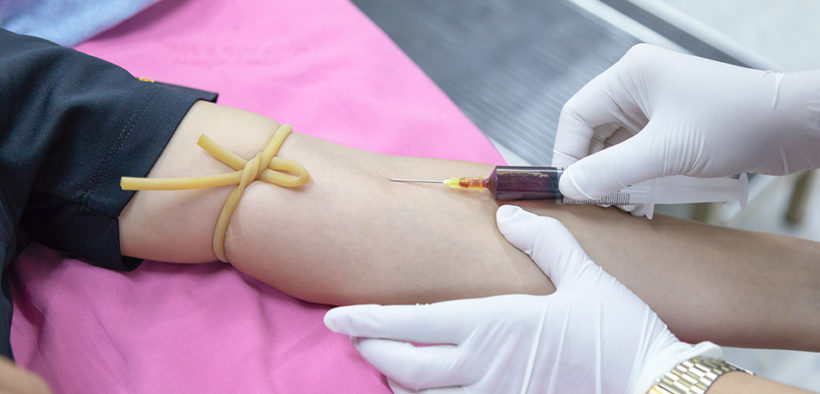With more Australians than ever before expected to be relying on blood donations to manage their diagnosis this year, the Leukaemia Foundation is marking this National Blood Donor Week (14-20 June) and today’s World Blood Donor Day (14 June) by calling on the national community to roll up their sleeves.
With the latest cancer data report from the Australian Institute of Health and Welfare confirming more than 50 Australians will be diagnosed with blood cancer every day in 2021, up from 47 in 2020, Leukaemia Foundation CEO Chris Tanti is spotlighting the crucial role blood donations continue to play in treating the growing number of people diagnosed with blood cancer now and into the future.
“More than 110,000 Australians are currently affected by blood cancer, and many require regular donated blood products to manage their cancer, either as part of a life-saving treatment plan or to counter the side effects caused by the cancer itself or its treatment,” Tanti said.
“By 2035, we’ve projected there will be 275,000 Australians living with a blood cancer diagnosis, which means by then we could need more than double the number of blood donations available to treat these vulnerable members of our community,” he said.
It’s a common misconception among Australians who don’t give blood that road trauma is the leading cause of a person needing donated blood, despite this cause accounting for just two per cent of Australia’s total red blood cell usage – compared to a huge 34 per cent of red blood cell donations, or about one third of all donations nationally, being used to help treat people with cancer and blood diseases.
One 470ml blood donation unit includes red cells, plasma and platelets which are all separated out after donation. On average, one acute leukaemia patient needs nine units (2.25 litres) of red cells every month, or 36 units (just over one litre) of platelets each month – and they could need both of these products for the duration of their diagnosis, which can last anywhere from eight months on average through to years.
“Just over 3.5% of Australians donate blood, and that means there could be more than 13 million Australians who may be able to donate, but don’t. The reality is if 18 of these Australians signed up today to become a monthly blood donor, that would be enough donated blood to treat just one person diagnosed with blood cancer, so we really are relying on everyday Australians to lend the blood cancer community a helping arm as often as they can,” Tanti said.
“This National Blood Donor Week, if you’re eligible, consider giving blood with the knowledge you are potentially offering an invaluable lifeline to one of the growing number of Australian women, men and children living with blood cancer reliant on this precious resource,” he said.
National Blood Donor Week runs from 14-20 June, including World Blood Donor Day on 14 June.
Paulo Rizal is a content producer for Third Sector news. He has working experience in journalism, SEO, and social media marketing.
















































































































































